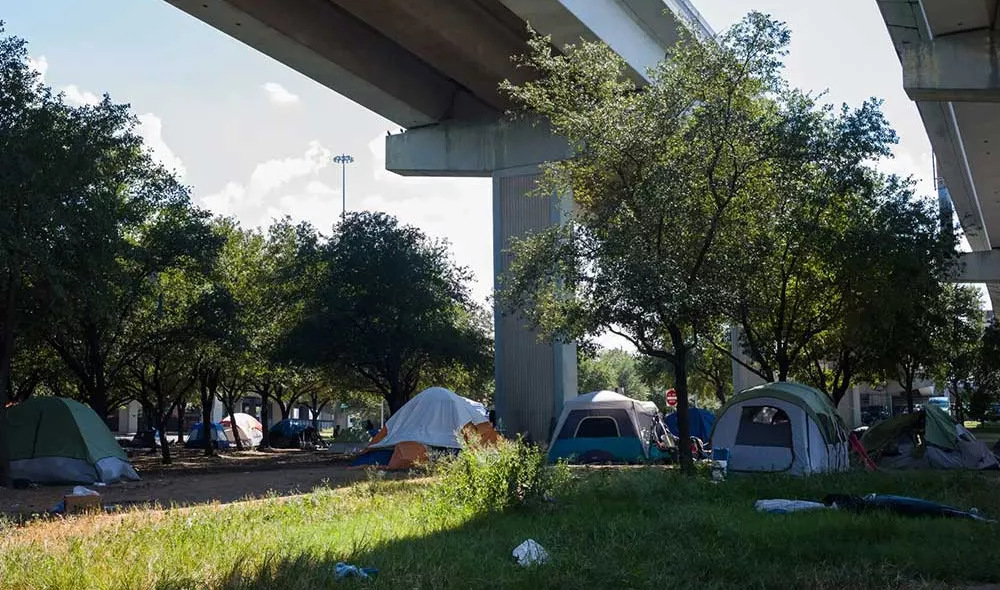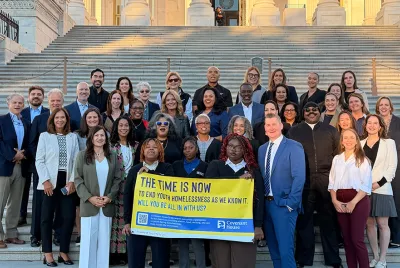Ending Homelessness for All: Housing Availability

“The views, thoughts, and opinions expressed in the text of the article below belong solely to the author of the article and do not necessarily reflect the views of Covenant House International. These articles are shared with the purpose of being informative and thought-provoking.”
Covenant House stands in strong support of the idea that homelessness is fundamentally a housing problem. That may sound obvious, but other intersecting problems that people experiencing homelessness face like addiction, mental health, and work can cloud the issue at hand. The first thing that the majority of people facing homelessness need is stable housing they can afford to live in long term. Once people have a place to live, they can begin to break the cycles of chronic homelessness that are compounded by other challenges. But until a person has a place to live, those challenges are nearly impossible to overcome.
We applaud the city of Houston’s approach to ending homelessness, and we know that for the young people we serve, housing availability is key to ending youth homelessness. It takes bold leadership from governments and nonprofits willing to advocate for effective solutions to homelessness, and we need to ignite and advance conversations about solutions that are working to end youth homelessness. That’s why this month, Covenant House will be sharing articles focused on solutions that we can all rally behind. If you’d like to read more about Houston’s approach, check out this New York Times excerpt below.
“…smart policy matters far more than good intentions. In Dallas, homelessness worsened for years, and that city now has the most unhoused people in Texas. Meanwhile, the Houston region has slashed homelessness by more than 60 percent since 2011.
Homelessness is one of those topics that leaves Americans despairing, but Houston offers hope: It demonstrates what should be obvious, that a wealthy society doesn’t have to accept as inevitable throngs of people sleeping on sidewalks. Delegations from around the country now troop to Houston to seek lessons, with the mayors of Chicago, Los Angeles and Denver traipsing through this summer.
Houston achieved its results on the cheap, spending very little of its own money even as West Coast cities like Los Angeles, San Francisco and Portland, Ore., have each poured hundreds of millions of dollars into efforts to address homelessness without much to show for them.
So what is Houston’s secret?
There were arguably three elements. First, the city had strong political leaders who herded nonprofits so that they worked in unison rather than competing. Second, Houston’s lack of regulation makes it easy, quick and cheap to build new apartments: Building a small one-bedroom can cost less than $200,000, while Los Angeles spent as much as $837,000 per apartment for people who were homeless. Third, Houston focused less on general help, such as handing out jackets or providing counseling, and more on moving people into apartments and providing ongoing care to keep them housed.”
You might also like...
Shelter Is Only the Beginning
From crisis to care: Find out what it's like when a young person enters our doors.


